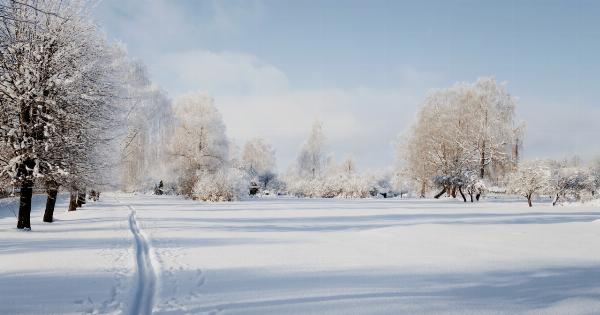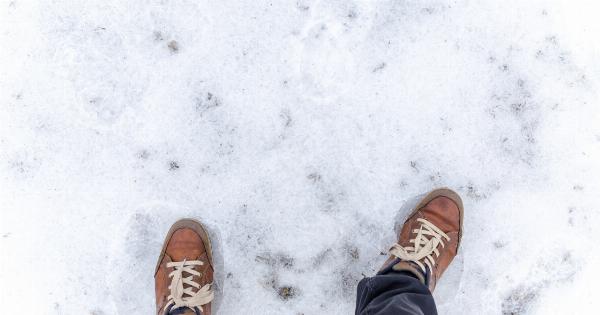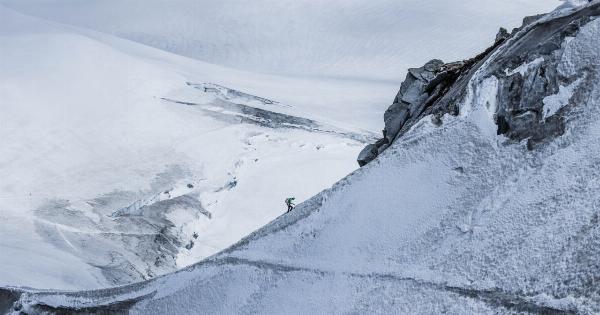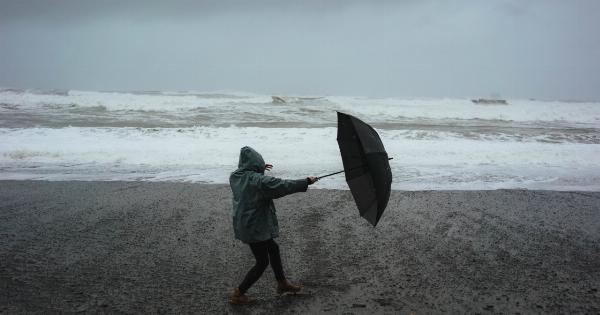Cycling is a fantastic activity that allows you to enjoy the great outdoors while staying fit and active. However, as the temperature drops and winter sets in, cycling in cold weather can present its own set of challenges.
Whether you’re a seasoned cyclist or a beginner, it’s important to be prepared for the elements to ensure a safe and enjoyable ride. In this article, we will explore some essential tips and tricks to help you make the most of cycling in cold weather.
1. Dress in Layers
One of the most important aspects of cycling in cold weather is dressing appropriately. Layering your clothing is key to regulating your body temperature and staying comfortable throughout your ride.
Start with a moisture-wicking base layer that will keep sweat away from your skin. Add a insulating mid-layer to trap heat and provide additional warmth. Finally, top it off with a windproof and water-resistant outer layer to protect you from the elements.
Don’t forget to wear a thermal hat, gloves, and warm socks to keep your extremities warm.
2. Protect Your Extremities
Speaking of extremities, it’s essential to give extra attention to protecting your hands, feet, and head when cycling in cold weather.
Your fingers and toes are particularly vulnerable to frostbite, so invest in a good pair of thermal gloves and cycling shoes designed for cold weather. Wearing a thermal hat or balaclava under your helmet will help retain body heat and protect your ears from wind chill. Keeping your extremities warm will not only ensure your comfort but also maintain good circulation and prevent injuries.
3. Stay Hydrated
Although you may not feel as thirsty during cold weather rides, it is still crucial to stay hydrated. In cold conditions, your body loses moisture as you breathe and sweat, and dehydration can sneak up on you without warning.
Use an insulated water bottle or hydration pack to keep your fluids from freezing. Opt for warm beverages like herbal tea or warm water with a slice of lemon to keep you warm and hydrated on long rides.
4. Protect Your Bike
Just as you need to protect yourself from the cold, your bike also requires special attention in winter. Cold and wet conditions can damage your bicycle, so take a few extra steps to ensure its durability.
Consider using a wet lube on your chain and bike gears, as it performs better in wet conditions than dry lubes. Additionally, you might want to outfit your bike with fenders to prevent mud, slush, and salt from splashing onto your components. Regularly clean and inspect your bike to remove any debris that can cause damage.
5. Plan Your Route
When cycling in cold weather, planning your route is essential. Choose roads that are well-maintained and less likely to have icy patches or heavy snow. Stick to main roads that are regularly cleared and gritted by local authorities.
Avoid routes with steep descents or sharp turns that can become treacherous in cold weather. Keep an eye on the weather forecast and try to choose days with milder conditions. If visibility is poor, consider outfitting your bike with lights and reflectors to increase your visibility to motorists.
6. Adjust Your Riding Style
Winter weather affects road conditions, so it’s important to adjust your riding style accordingly. Reduce your speed and allow extra braking distance to account for slippery surfaces. Avoid sudden movements and be cautious when navigating corners.
Keep your body relaxed and maintain a firm grip on the handlebars. Using wider tires with lower pressure can also improve your bike’s traction, providing better control in icy or snowy conditions.
7. Be Seen and Safe
Visibility is crucial when cycling in cold weather, especially with shorter daylight hours. Wear brightly colored or reflective clothing to make yourself more visible to motorists.
Equip your bike with front and rear lights, and consider using additional reflective accessories such as ankle bands or a reflective backpack cover. It’s also a good idea to let someone know your route and estimated time of return, especially if you’re cycling alone.
8. Warm Up Properly
Cold muscles are more prone to injuries, so it’s important to warm up properly before hitting the road. Spend a few extra minutes stretching and doing some light exercises indoors to get your blood flowing.
Consider starting your ride with a shorter, lower-intensity warm-up to allow your muscles to adapt to the cold weather gradually. Remember to cool down and stretch after your ride to help prevent stiffness and maintain flexibility.
9. Check for Ice
Before heading out on a cold weather ride, make sure to check for ice. Look out for frosty surfaces, particularly in shaded areas, bridges, and overpasses, as they tend to freeze first.
If you encounter icy patches during your ride, avoid sudden movements or heavy braking. Instead, try to steer around them by using clear sections of the road or pathways.
10. Stay Positive and Have Fun!
Cycling in cold weather may require a bit more preparation, but with the right mindset, it can be a truly enjoyable experience. Embrace the beautiful winter scenery, the crisp air, and the exhilaration of conquering the elements.
Celebrate every ride as an accomplishment, knowing that you have braved the cold and stayed active when others may have chosen to stay indoors. Remember to listen to your body and adjust your plans if the conditions become too extreme.


























